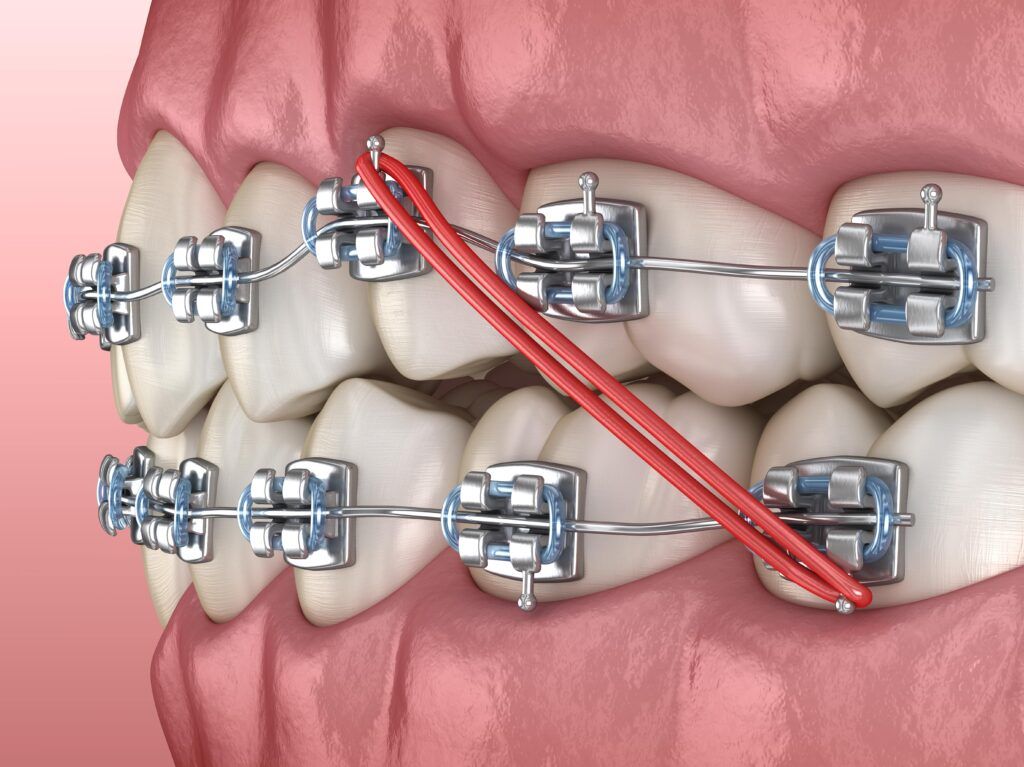Comprehensive Guide to Orthodontics Procedures for Remedying Oral Imbalances
Recognizing the ins and outs of each treatment, including their systems, benefits, and potential downsides, is crucial in making educated choices regarding one's orthodontic treatment. As we navigate via the detailed guide to orthodontic procedures for correcting oral imbalances, the elaborate details of each approach will certainly unfold, shedding light on the course toward a harmonious and practical oral positioning.
Orthodontic Procedures Overview

In enhancement to conventional dental braces and clear aligners, orthodontists may likewise recommend other treatments like headgear, palatal expanders, or retainers to resolve particular placement issues (invisalign). These treatments are tailored to every person's distinct demands and may include a mix of therapies to achieve the preferred outcomes. Normal adjustments and tracking are crucial parts of orthodontic therapy to make certain progress is on track and to make any type of essential modifications along the road. By going through orthodontic treatments, patients can not only accomplish a straighter smile yet additionally improve their overall oral health and wellness and feature.
Standard Dental Braces: Exactly How They Work
When considering orthodontic therapies for oral misalignments, standard braces stand out as a time-tested technique for dealing with teeth positioning. Typical dental braces consist of braces, cables, and bands that function together to apply continuous pressure on the teeth, gradually relocating them into the desired positioning.
One secret element of how conventional dental braces job is the process of bone makeover. As pressure is related to the teeth through the braces, the bone bordering the teeth is reshaped to sustain the brand-new tooth settings. This remodeling is crucial for the long-lasting stability of the corrected placement. Individuals will need regular adjustments at the orthodontist's office to guarantee the dental braces continue to apply the proper stress for reliable teeth activity.
Unnoticeable Aligners: Pros and Disadvantages
Undetectable aligners supply a discreet and practical alternative to traditional braces for fixing dental imbalances. These clear, customized trays are virtually invisible when worn, making them an appealing choice for people looking for a much more visually pleasing orthodontic treatment. One of the primary benefits of undetectable aligners is their removability, enabling much easier maintenance of oral hygiene contrasted to traditional braces. People can eliminate the aligners before consuming or cleaning their teeth, reducing the threat of food getting embeded the appliance and streamlining the cleaning procedure.

Surgical Orthodontic Options
Surgical interventions in orthodontics existing feasible alternatives for dealing with complex dental imbalances that may not be effectively dealt with with conventional orthodontic treatments. While unseen aligners and typical braces can correct many orthodontic problems, specific cases require medical intervention to attain optimum results. Surgical orthodontic options are usually advised for severe malocclusions, substantial jaw disparities, and instances where the underlying bone structure needs alteration to accomplish correct placement.
One typical surgical orthodontic treatment is orthognathic surgical treatment, which includes repositioning the jaws to correct practical concerns such as trouble speaking or chewing. This surgical procedure is typically performed in partnership with an orthodontist who assists align the teeth prior to and after the procedure. Surgical orthodontics may also entail procedures to expose affected teeth, eliminate excess periodontal tissue, or improve the jawbone to produce an extra harmonious face account.
Before considering medical orthodontic options, people go through a comprehensive analysis to identify the need and prospective benefits of such treatments. cumming orthodontist. While surgery might appear daunting, it can substantially improve both the function and looks of the smile in cases where traditional orthodontic therapies fail
Retainers and Post-Treatment Care

Failure to conform with post-treatment care instructions can result in relapse, where the teeth slowly move back towards their original placements. Regular retainer wear, excellent oral hygiene, and regular oral exams are necessary for preserving the results achieved via orthodontic surgical procedure and making certain the long-lasting stability of the corrected oral positioning.
Final Thought
In conclusion, orthodontic treatments use different options for correcting oral misalignments. Traditional dental braces utilize metal braces and cables to shift teeth right into appropriate alignment. Unseen aligners supply a more very discreet option yet might not appropriate for all instances. Surgical orthodontic options are offered for more serious misalignments. Retainers are typically utilized post-treatment to maintain the new alignment. On the whole, orthodontic procedures can effectively enhance dental health and wellness and aesthetic look.
As we browse through the detailed guide to orthodontic procedures for remedying oral misalignments, the complex information of each method will unravel, losing light on the course towards a harmonious and this content practical dental positioning. - orthodontist
One of the most typical orthodontic therapies is the usage of dental braces, which consist of metal brackets and cables that use mild stress to gradually shift teeth into the preferred setting.When taking into consideration orthodontic therapies for oral misalignments, conventional braces stand out as a tried and true technique for dealing with teeth placing. In addition, invisible aligners may not be suitable for complex orthodontic issues that need more considerable teeth motion, as they are normally advised for light to modest situations. Retainers are tailor-made orthodontic tools created to hold teeth in their dealt with placements after the conclusion of orthodontic therapy.